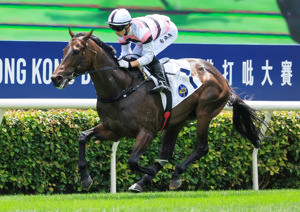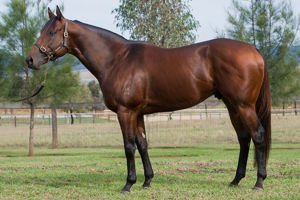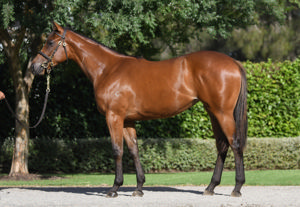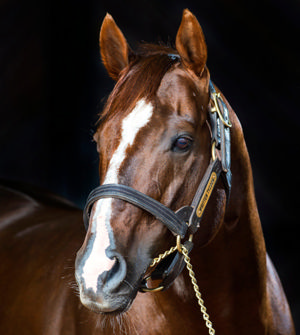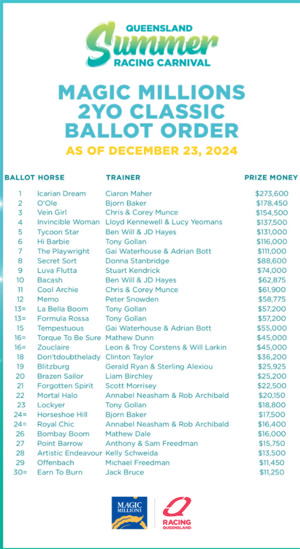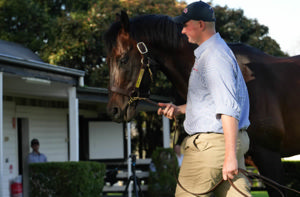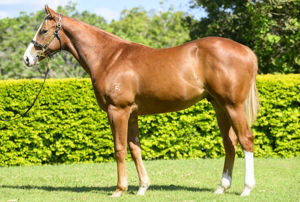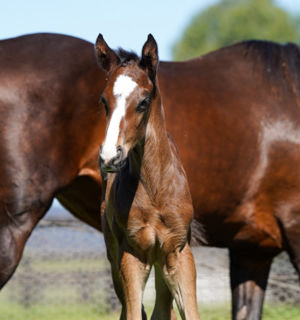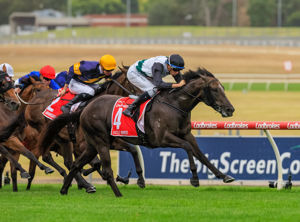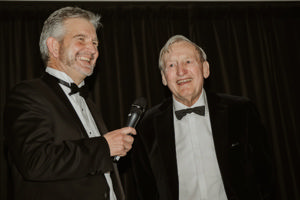Having sired first (Sir Dragonet) and third (Russian Camelot) in the Group I MVRC Cox Plate last weekend, Camelot has cemented his place as the most desirable sire for Australian buyers shopping in the Northern Hemisphere for both tried horses and yearlings, which is somewhat of an irony.
Camelot shuttled to Coolmore Australia in 2014 in his first season at stud and proved a hard sell to the local market.
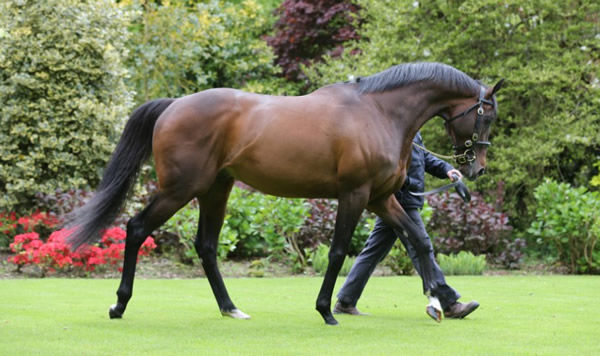
The champion son of Montjeu ultimately covered 104 mares at a fee of just $22,000, a paltry sum for a horse that was an undefeated Group I winner at two and won the Group I Newmarket Two Thousand Guineas at three before adding the Epsom and Irish Derbies to his resume.
That first and only Australian season at stud yielded 73 foals, 58 of which raced and 45 have won, so 77% winners to runners.
Those results are good when you consider the quality of mare he covered.
While Australian breeders had just that one small taste of Camelot, his stocks in the Northern Hemisphere have continued to soar with his overall record now boasting 33 stakes-winners coming at a very respectable 7.4% stakes-winners to runners strike rate.
Six of them are Group I winners and they are an even split of colts and fillies, while two of his Group II winners, the European bred stayers Hunting Horn and King of Leogrance, achieved their benchmark wins in Australia, again adding to Camelot’s reputation on our shores.
The overall statistics for Camelot as a sire in Australasia taking in his Australian bred progeny and those that have been imported here as tried horses reveals 54 winners from 72 starters highlighted by seven stakes-winners – Russian Camelot, Sir Dragonet, Hunting Horn, King of Leogrance, Lord Arthur, Furrion and Downdraft.
Camelot is likely to be making news this week at the Tattersalls Horses in Training Sale when his high class three year-old English King is offered for sale, a horse with a very similar profile to Cox Plate winner Sir Dragonet.
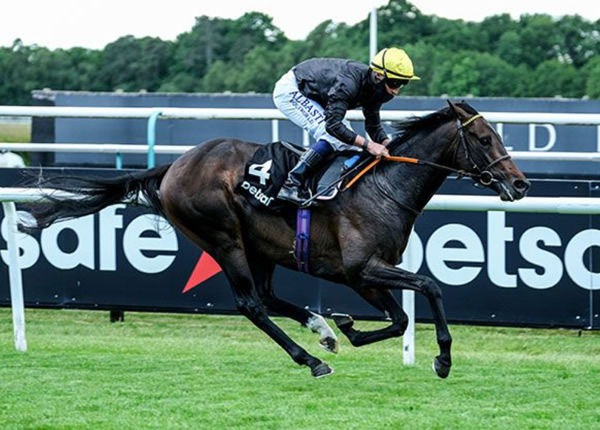
For those investors looking to breed a Camelot rather than to buy one, he is available to breeders to Southern Hemisphere time at Coolmore in Ireland, but a return to Australia would very much depend on the reception he was likely to receive.
No doubt many Australian breeders will be asking themselves the question, would I send a mare to Camelot if he came back?

